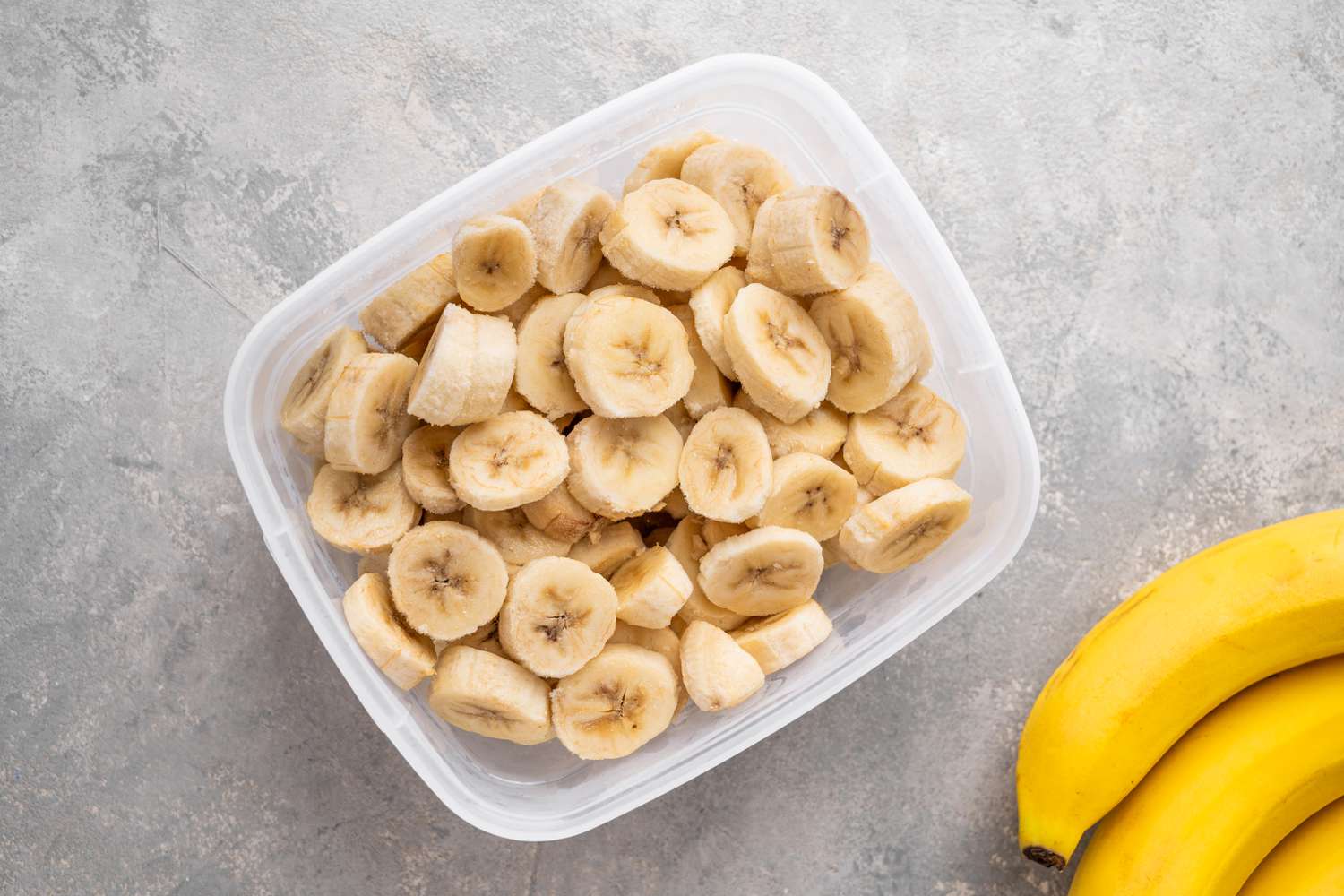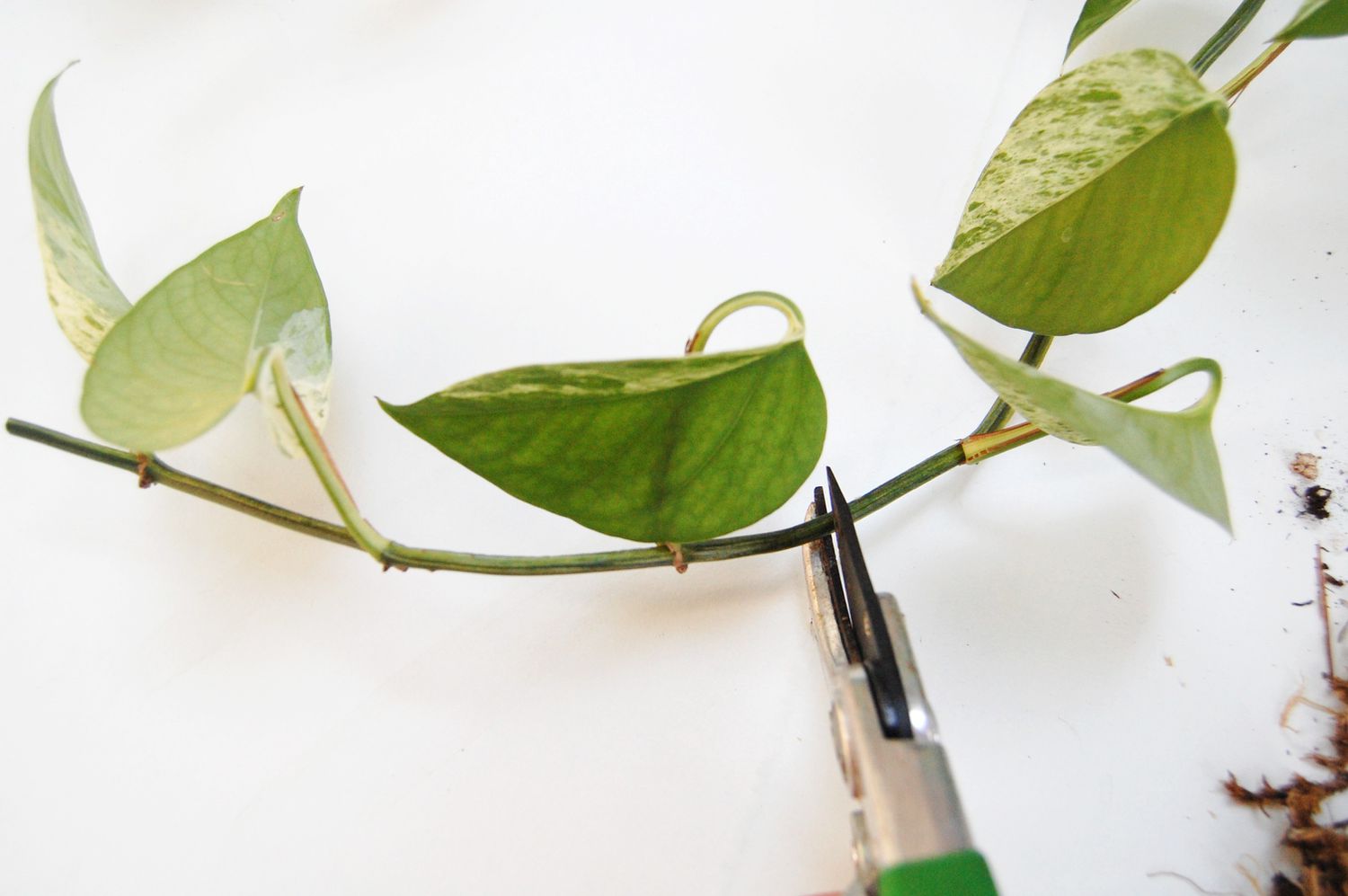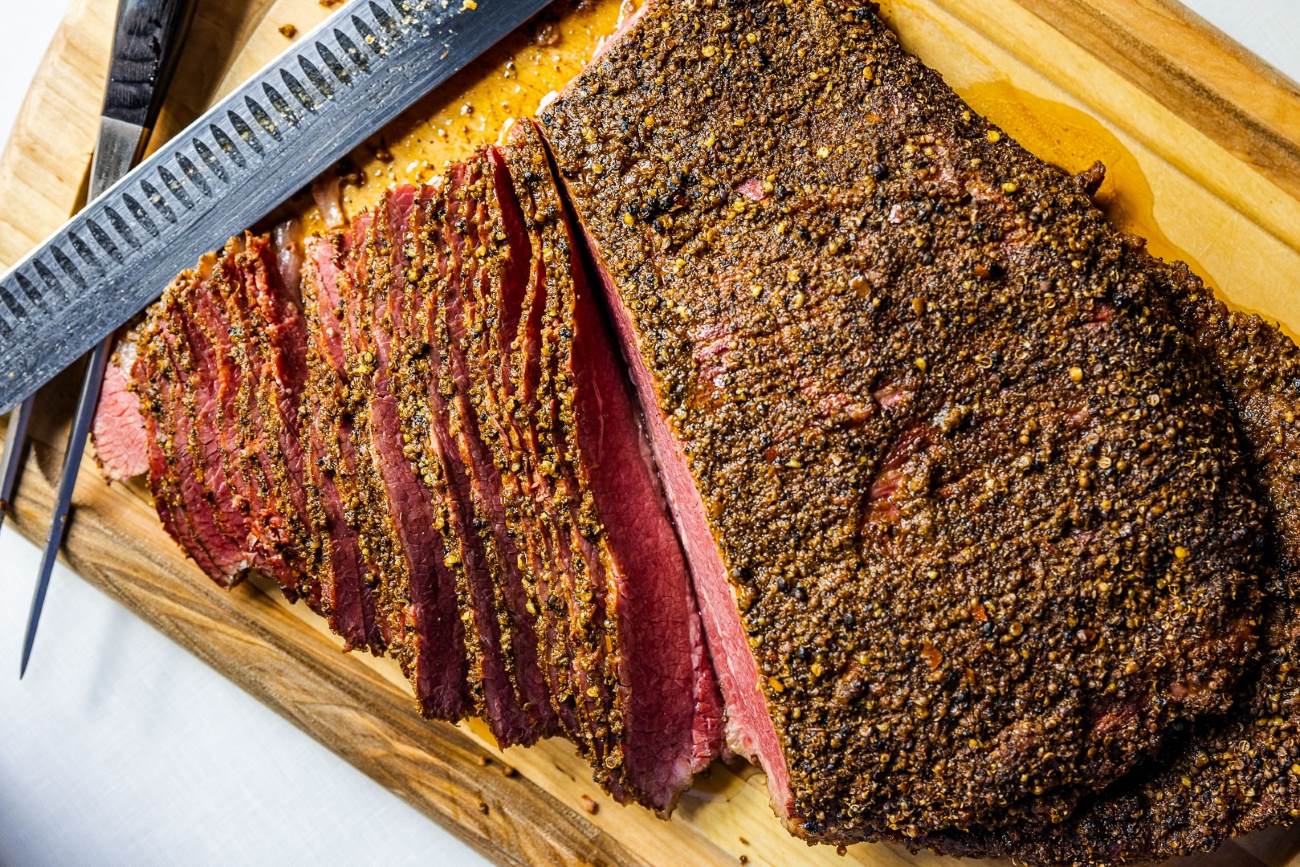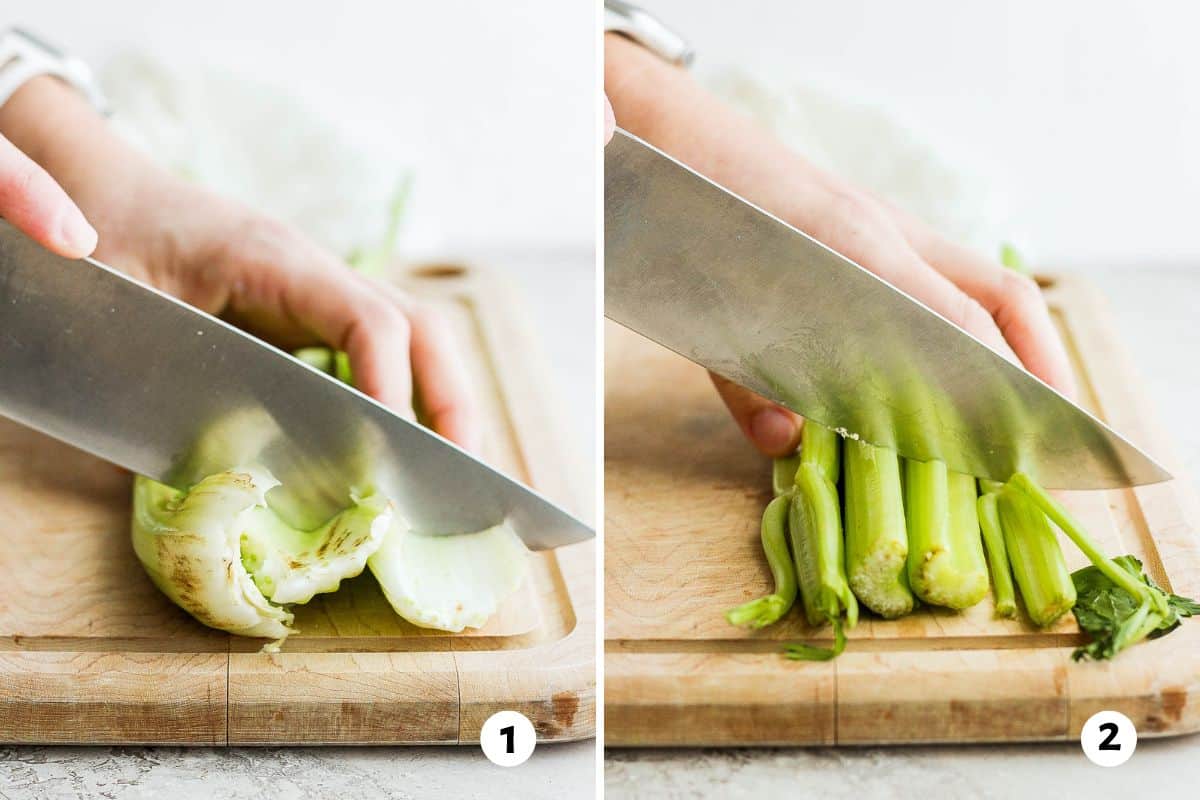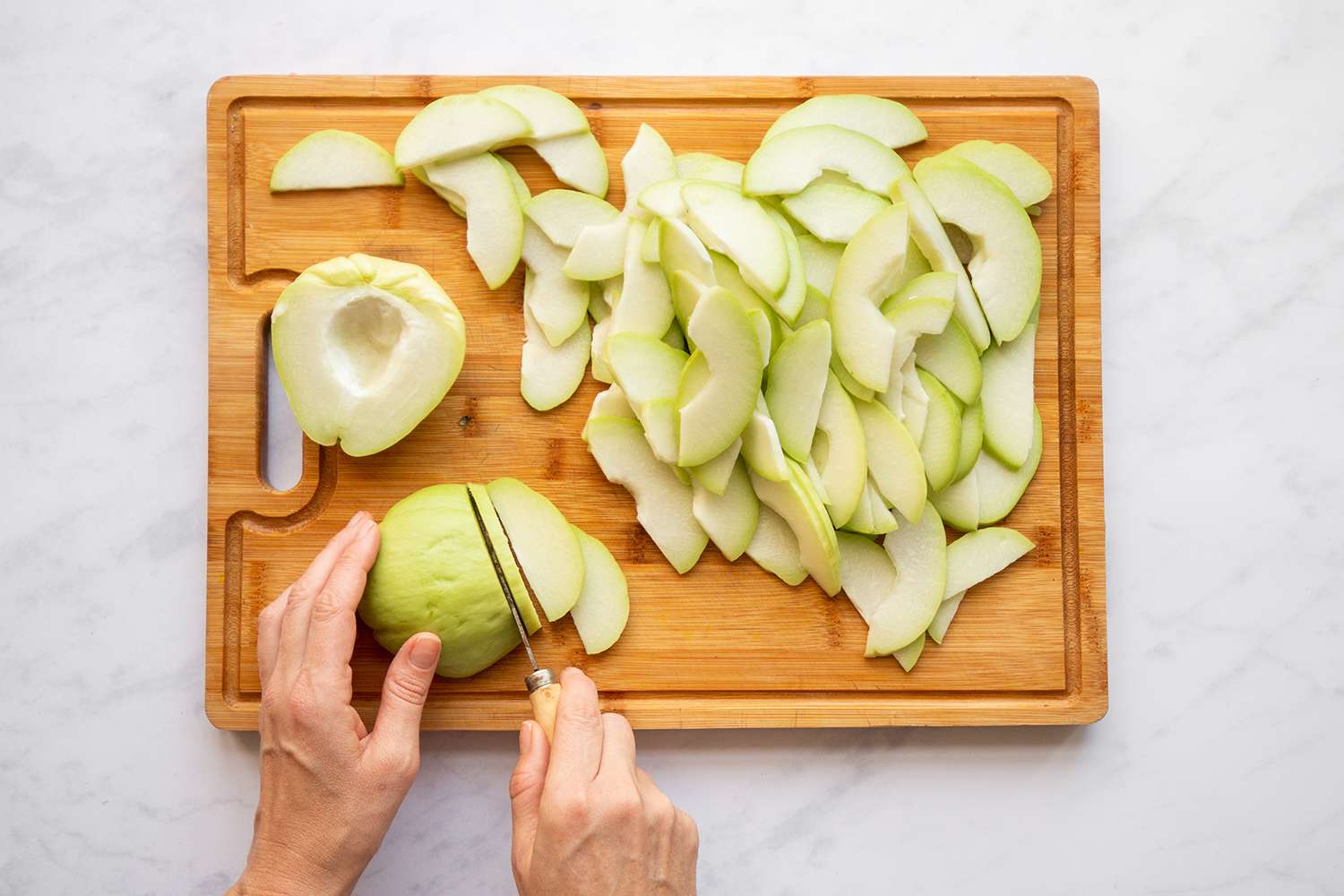Cutting vegetables for sushi is an art form that transforms simple ingredients into a feast for both eyes and palate. Mastering this skill not only enhances the visual appeal of your sushi but also ensures each bite is a perfect harmony of flavors and textures. From the crisp snap of cucumber to the tender sweetness of avocado, the way you slice and dice can elevate your sushi experience. Whether you're a seasoned chef or a kitchen novice, learning the precise techniques for preparing vegetables will bring you one step closer to creating sushi that rivals your favorite restaurant's.
Essential Ingredients for Your Sushi Adventure
- Sharp chef's knife
- Cutting board
- Cucumber
- Avocado
- Carrot
- Daikon radish
- Bell pepper
- Asparagus
- Green onions
Must-Have Tools for Crafting Sushi
-
Sharp Chef's KnifeEssential for precise cuts, ensuring vegetables are sliced thinly and uniformly.
-
Cutting BoardA stable surface is crucial for safe chopping.
-
Vegetable PeelerIdeal for creating thin, ribbon-like strips of vegetables.
-
Mandoline SlicerOffers uniform thickness, perfect for consistent sushi fillings.
-
Julienne PeelerFor fine, matchstick-like vegetable strips.
-
Kitchen TowelsKeeping both hands and the cutting surface dry prevents slipping, enhancing safety.
-
Bowl of WaterHandy for rinsing fingers and the knife blade to prevent sticking.
-
Vegetable BrushFor cleaning dirt off root vegetables like carrots and radishes before slicing.
For sushi, slice vegetables into thin, uniform strips. Precision matters for texture and roll integrity. Use a sharp knife, maintain steady hand pressure, and aim for consistency in size.
The Art of Cutting Vegetables for Sushi
Cutting vegetables for sushi is not just about making pieces small enough to fit inside a roll. Precision and technique matter because they affect the sushi's texture, flavor, and overall presentation. Properly sliced veggies ensure a balanced bite and enhance the visual appeal of each piece, elevating the dining experience.
Mastering the art of vegetable cutting for sushi also respects the traditional Japanese culinary culture. It demonstrates a commitment to the craft, honoring the meticulous preparation methods that have been refined over centuries. This dedication to detail ensures that every sushi roll is not only delicious but also a work of art.
Mastering Vegetable Cuts: A Step-by-Step Guide
Step 1: Select Fresh Vegetables
- Choose crisp and vibrant vegetables.
- Common picks include cucumber, avocado, and carrots.
Step 2: Wash and Peel
- Rinse vegetables under cold water.
- Peel carrots and other root vegetables.
- Avocado: Cut in half, remove pit, and scoop out flesh.
Step 3: Cutting Cucumber
- For thin slices: Cut in half, then slice thinly along the length.
- For julienne strips: Cut in half, remove seeds with a spoon, and slice into thin strips.
Step 4: Slicing Avocado
- Slice the scooped avocado into thin slices or wedges, depending on preference.
Step 5: Preparing Carrots
- Julienne carrots by cutting them into thin matchstick-sized strips.
Step 6: Bell Peppers
- Slice off the top and bottom.
- Remove the core and seeds.
- Flatten the pepper by slicing down one side.
- Cut into thin strips.
Step 7: Asparagus and Green Beans
- Trim the ends.
- Blanche if desired for softer texture.
- Cut into lengths that fit the sushi roll.
Step 8: Radishes
- Slice radishes into thin rounds or matchsticks for a peppery crunch.
Step 9: Fine Cutting Techniques
- Practice knife skills to ensure uniform pieces.
- Use a sharp knife for clean cuts.
Step 10: Storage
- Store cut vegetables in the refrigerator covered with a damp paper towel.
- Use within a day for best freshness and texture.
Mastering Your Sushi Prep
Cutting vegetables for sushi isn't just about making your rolls look good; it's about enhancing flavors and ensuring every bite is a perfect harmony of taste and texture. Remember, practice makes perfect. Start with basic cuts, like julienne for cucumbers and thin slices for avocados, and gradually work your way up to more intricate designs. Keep your knives sharp, your cutting board steady, and your vegetables fresh. Embrace the process of learning how to cut vegetables for sushi. It's a skill that will elevate your homemade sushi, impressing friends and family alike. So, grab those veggies, sharpen your knife, and get ready to roll some delicious sushi with confidence and flair.
Explore More: Recipes and Creative Uses for Your Perfectly Cut Vegetables
Now that you've mastered the art of cutting vegetables for sushi, it's time to put those skills to the test with a variety of sushi recipes. Classic Veggie Sushi Rolls are a great starting point, letting you apply straightforward cutting techniques. For those seeking a bit of creativity, the Rainbow Sushi Rolls with Bell Peppers introduce vibrant colors and a mix of textures. I highly recommend the Avocado and Cucumber Sushi Rolls for their fresh, crisp flavors that are a delight in every bite. Each recipe offers a unique way to refine your slicing and dicing prowess while delivering delicious results.
All Your Questions About Sushi Vegetables Answered
How do I choose the right vegetables for sushi?
Opting for fresh, crisp veggies is key. Look for firm cucumbers, ripe avocados, and vibrant carrots. These selections ensure your sushi not only tastes great but looks appealing too.
What's the best way to cut cucumbers for sushi?
For cucumbers, you'll want to slice them into long, thin strips. Start by peeling your cucumber, then cut it in half lengthwise. Scoop out the seeds with a spoon and slice the halves into slender sticks that'll fit nicely in your sushi rolls.
How do I prepare avocados for sushi?
Avocados should be sliced into thin wedges. First, cut your avocado in half around the pit, twist the halves to separate them, and remove the pit. Peel the skin or scoop the flesh out, then slice the avocado thinly to create flexible strips that can easily be rolled into sushi.
What's the trick to cutting carrots for sushi?
Carrots need a bit more prep since they're harder. First, peel your carrot, then slice it into thin matchsticks. Boiling them for a minute or two can soften them slightly, making your sushi easier to roll without compromising the carrot's crisp texture.
Can I use other vegetables not typically found in sushi?
Absolutely! Feel free to get creative with your veggie choices. Bell peppers, asparagus, and radishes can add unique flavors and textures to your sushi. Just remember to cut them into thin strips so they can be easily rolled.
What tools do I need for cutting vegetables for sushi?
A sharp chef's knife is crucial for precise, clean cuts. A vegetable peeler can also come in handy for peeling cucumbers and carrots. For more intricate cuts, consider using a mandoline slicer, but always be cautious to avoid injury.
Any tips for assembling my sushi with these vegetables?
Lay out your nori sheet on a bamboo mat, then spread a thin layer of sushi rice over it, leaving space at the top. Place your vegetable strips along the bottom edge of the rice. Roll it up tightly, using the mat to help shape the sushi roll. Finally, slice your roll into bite-sized pieces with a dampened knife to prevent sticking.
Was this page helpful?
Read Next: How To Cut Cinnamon Flavor

